General description
Cathepsin B gene is mapped to human chromosome 8p23.1. It is a lysosomal cysteine with 252 amino acids distributed in two chains and is homologous to rat liver sequence. It has disc shaped structure with two domains namely the left-hand ′L′ domain at the amino terminal and right hand ′R′ domain at the carboxyl-terminal.
Application
Cathepsin B from human liver has been used:
- as a positive control in the screening Cathepsin B inhibitor assay
- in wall extension (expansin activity) assay
- in microinjection human foreskin fibroblasts to test its effect on apoptosis induction
Biochem/physiol Actions
Cathepsin B from human liver is highly expressed in the esophageal adenocarcinoma (EAC). It reduces hepatic inflammation and fibrogenesis and may serve as a potential candidate for treating liver diseases.
Cathepsin B has been found to cleave procaspase 1 and procaspase 11 and to induce apoptosis in digitonin-permeabilized cells. Translocation of cathepsin B from the cytoplasm to the nucleus contributes to bile salt induced apoptosis of rat hepatocytes. Levels of cathepsin B in PC12 cells significantly decrease 12 to 24 hours after apoptosis is induced.
Packaging
Package size based on protein content
Unit Definition
One unit will liberate 1 nanomole of 7-amino-4-methylcoumarin from Z-Arg-Arg 7-amido-4-methylcoumarin per min at pH 6.0 at 40 °C.
Physical form
Solution in 50 mM sodium acetate, pH 5.0, with 1 mM EDTA.
- UPC:
- 51172302
- Condition:
- New
- Weight:
- 1.00 Ounces
- HazmatClass:
- No
- WeightUOM:
- LB
- MPN:
- C8571-25UG












